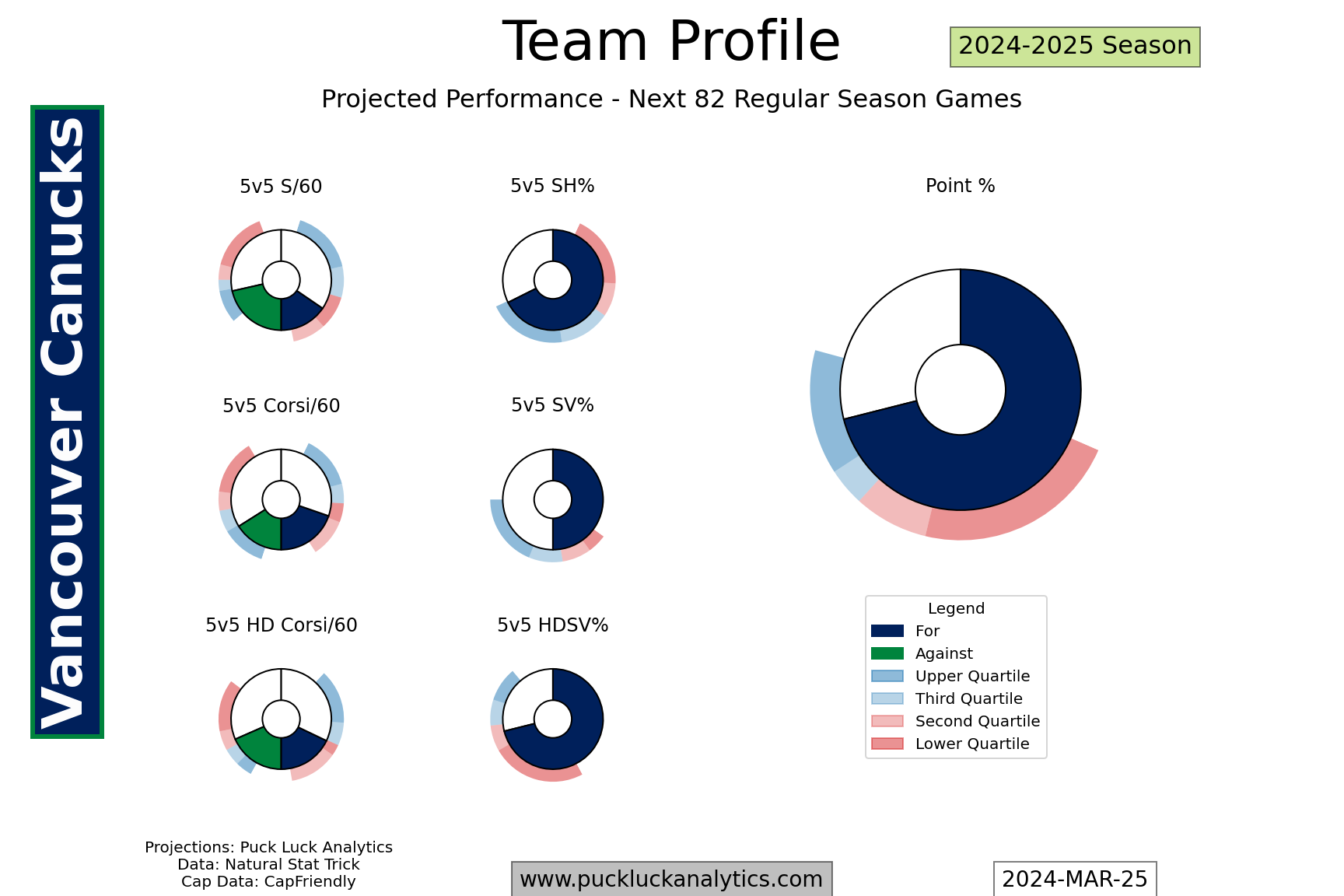Team: Vancouver Canucks
Team Building Status: Contending
In January of 2023, Jim Rutherford stated that ‘major surgery’ was required on the Vancouver Canucks roster. It was termed a retool by Canucks’ brass at the time and it has yielded some quick returns, with the Canucks challenging for the President’s Trophy just a year later. Have they succeeded in opening a contention window? What did it cost?
Roster Ruminations
NHL Roster
The Canucks started their retool ahead of the 2023 trade deadline, trading longtime Canuck Bo Horvat to the Islanders. Anthony Beauvillier joined the Cancucks in that deal, as did a 2023 1st round pick that the Canucks flipped to Detroit to acquire Filip Hronek.
The Canucks added a couple more pieces in free agency last summer. They signed Teddy Blueger to a one year deal and Carson Soucy to a three year deal.
The roster surgery continued with a preseason trade that saw the Canucks trade Tanner Pearson to the Canadiens along with a 2025 3rd round pick in exchange for goaltender Casey DeSmith. The move gave the Canucks a proven backup for Thatcher Demko and shaved over $1MM in cap space for the upcoming season.
The Canucks were rewarded quickly for their changes as they got off to a hot start to the 2023-2024 season and haven’t looked back. The front office decided to reward the players and made a couple of early season trades that saw Anthony Beauvillier sent to the Blackhawks for a 5th round pick less than a year after he was acquired. The Canucks then flipped that pick, with a 3rd round pick added, to the Flames for pending UFA Nikita Zadorov.
In late January, the Canucks made another headline grabbing trade with the Flames. Andrei Kuzmenko had fallen out of favor with the coaching staff and become a regular healthy scratch in Vancouver. The Canucks packaged him with a 2024 1st round pick, 2024 conditional 4th round pick, and defense prospects Hunter Brzustewicz and Joni Jurmo to acquire pending UFA Elias Lindholm for the stretch run.
Looking longer term, the Canucks signed franchise center Elias Pettersson to an eight year extension with an $11.6MM cap hit in February. The deal sees Pettersson commit to Vancouver through his prime and locks up a key piece for the Canucks to build around going forward.
The Canucks are positioned well to take a run at the Stanley Cup this spring. Looking ahead to the 2024-2025 season, early projections with UFAs stripped from all rosters have them profiling as a strong team again next season.
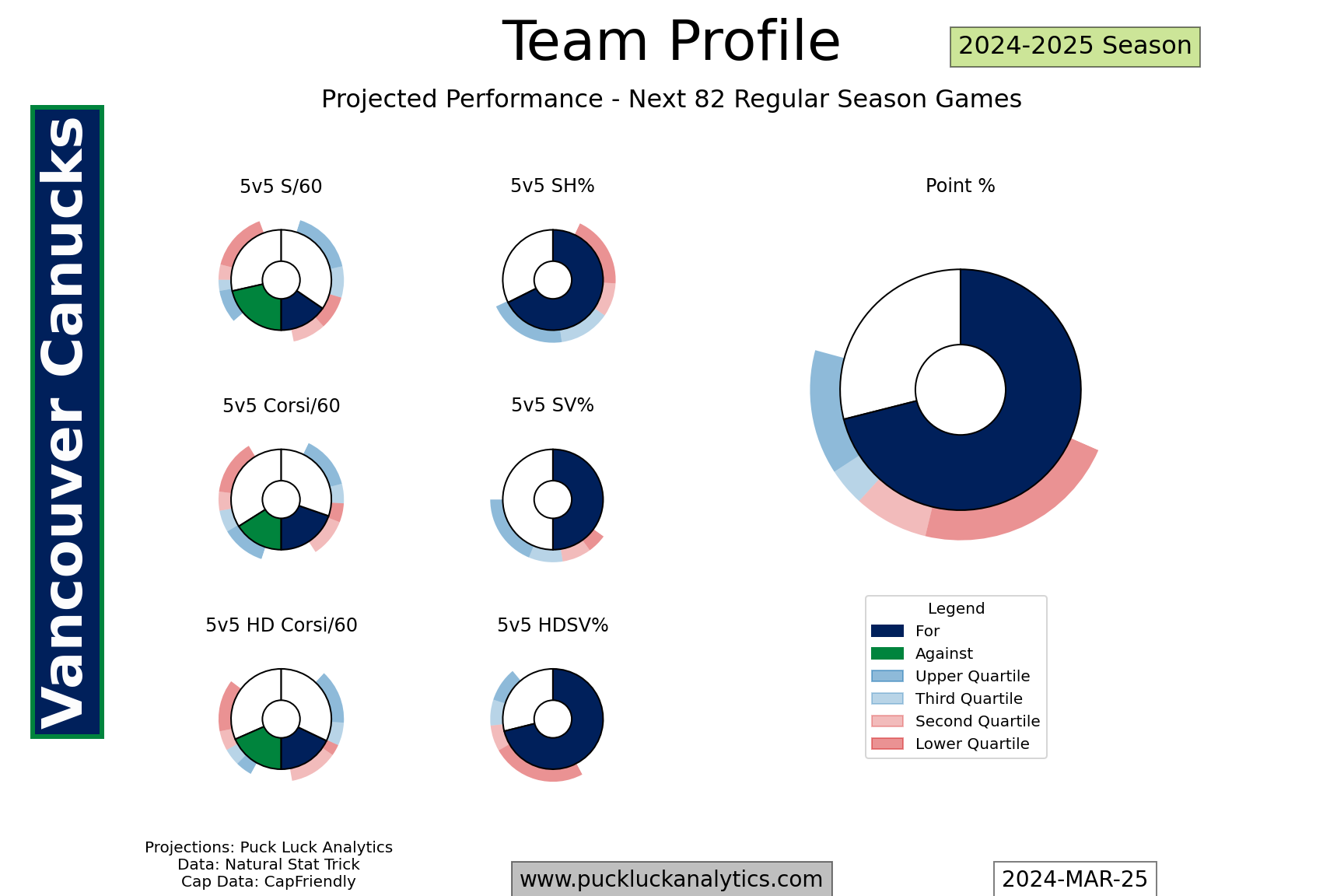
Salary Cap Management
The Canucks have some flexibility as they look ahead to the 2024-2025 season, with about 70% of their cap space committed. They have a couple of notable RFAs to sign in Filip Hronek and Vasily Podkolzin that will eat into that space but there’s still enough to make some additional moves. Lindholm, Blueger, Zadorov, Tyler Myers and Ian Cole are all pending UFAs so retaining or replacing them will be a focus this summer.
With just Pettersson and J.T. Miller signed long term, the Canucks have plenty of flexibility for the long haul but it’s not clear precisely which group they intend to build around. Quinn Hughes has a couple of season left on his current deal and is likely another main building block in their long term plans. Oliver Ekman-Larsson’s buyout also looms over the next few seasons, with it’s largest penalty landing in 2025-2026 and 2026-2027.

Future Assets
The Canucks retool hasn’t helped their future asset pool. It’s actually further depleted it as they prioritized adding younger NHL ready players early in the process and then loaded up with pending UFAs this season, using draft picks to help with both initiatives. Their draft pick pool has declined below baseline and Hockey Prospecting ranks Vancouver as the 30th prospect pool in the league.
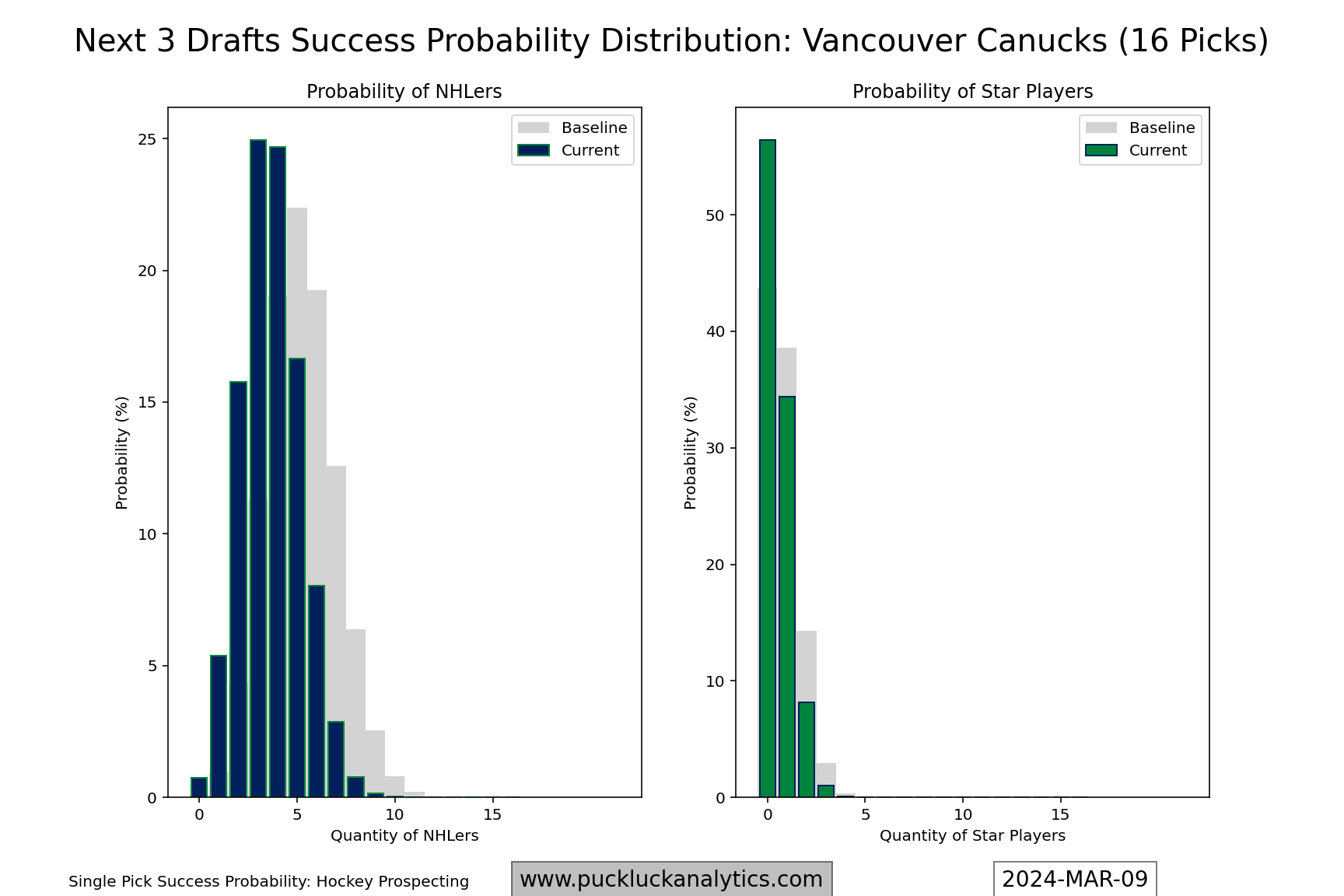
What’s Next?
The Canucks current roster is built around two back-to-back cohorts; one age 28-31 and one age 24-27:
| Centers | Wingers | Defensemen | Goalies |
| J.T. Miller | Conor Garland | Tyler Myers | Thatcher Demko |
| Elias Lindholm | Ilya Mikheyev | Nikita Zadorov | |
| Teddy Blueger | Carson Soucy |
| Centers | Wingers | Defensemen | Goalies |
| Elias Pettersson | Brock Boeser | Quinn Hughes | n/a |
| Pius Suter | Filip Hronek | ||
The Canucks current roster is centered on the older of these two cohorts and they’ve actively added to it this season with the Lindholm and Zadorov additions. This group is capable of helping the team contend now, but it’s reaching the end of it’s prime as a group and natural decline is going to start creeping in. From a long term perspective, there’s trouble ahead if the Canucks don’t start turning over this part of the roster. They need to avoid having too much of the roster on the declining end of their careers.
They should also look to turn some of these assets into different assets that fit in younger cohorts. The alternative is watching some of these players leave for nothing as UFAs. While that will help trim the cohort, it won’t help restock the organization’s younger cohorts which will be needed to keep the roster competitive longer term. Conor Garland has been featured in trade rumors a few times during his Canucks tenure and he would be a suitable piece to try to turn into a younger piece(s) while his value is still relatively high. Mikheyev and Soucy are also options.
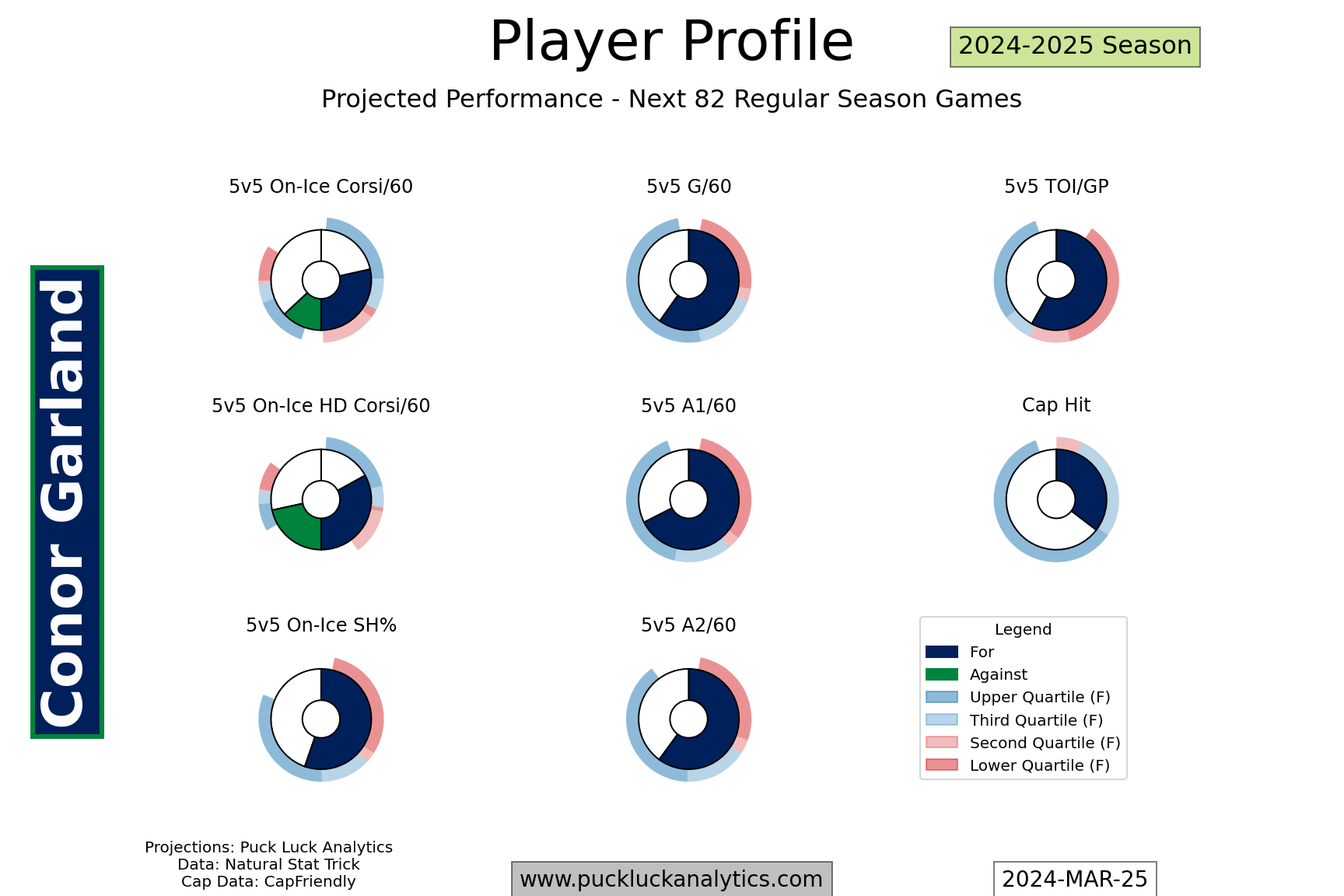
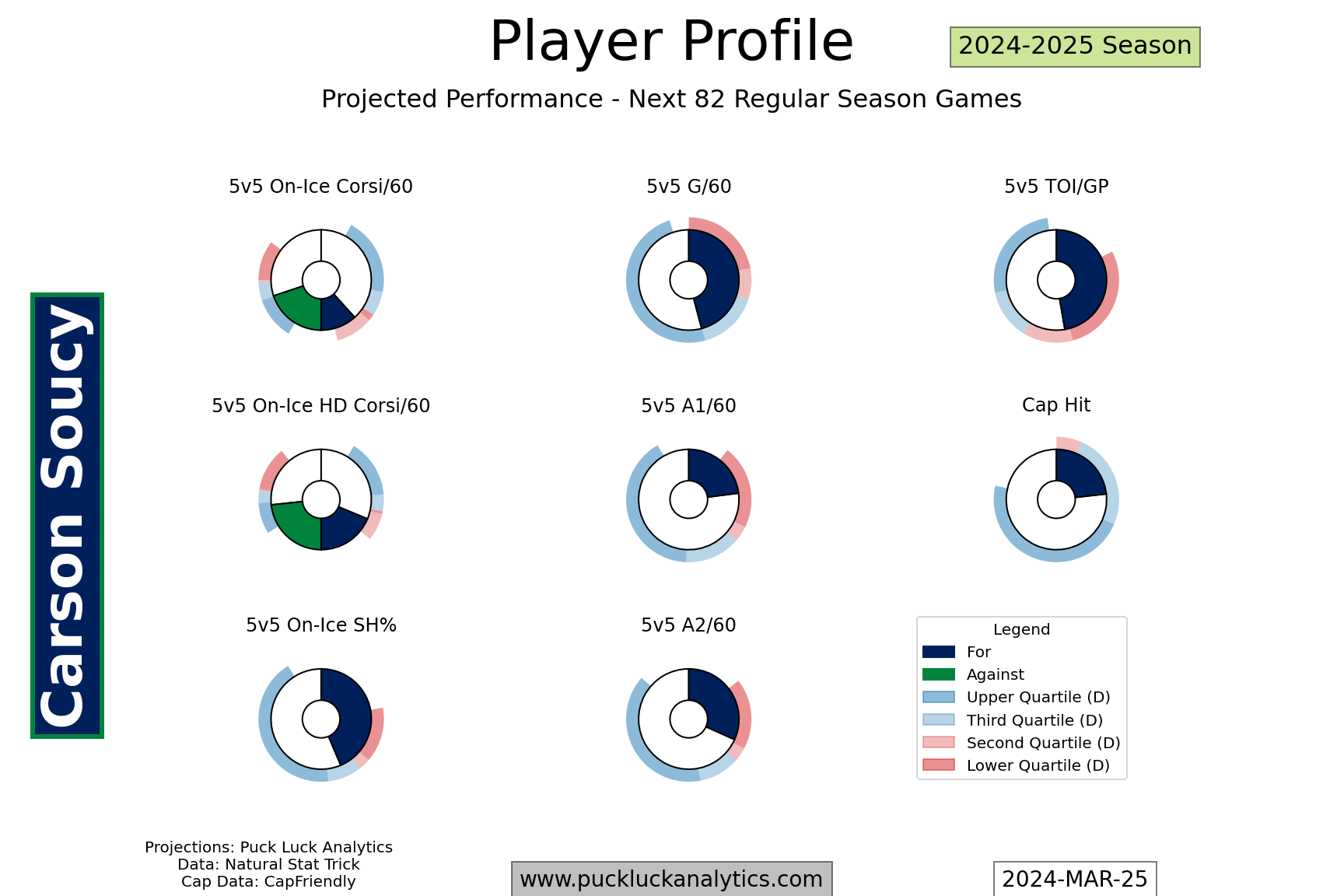
The Canucks best players are in the younger cohort. Elias Pettersson and Quinn Hughes have blossomed into stars and are players that can anchor Vancouver’s roster for a long time. They’re both highly impactful and just entering their prime. The trouble with this cohort is that it’s simply too thin. Boeser and Hronek are decent pieces but, after that, there isn’t much. To shift to this cohort as the primary driver of the Canucks roster, it needs at least another defenseman and three forwards.
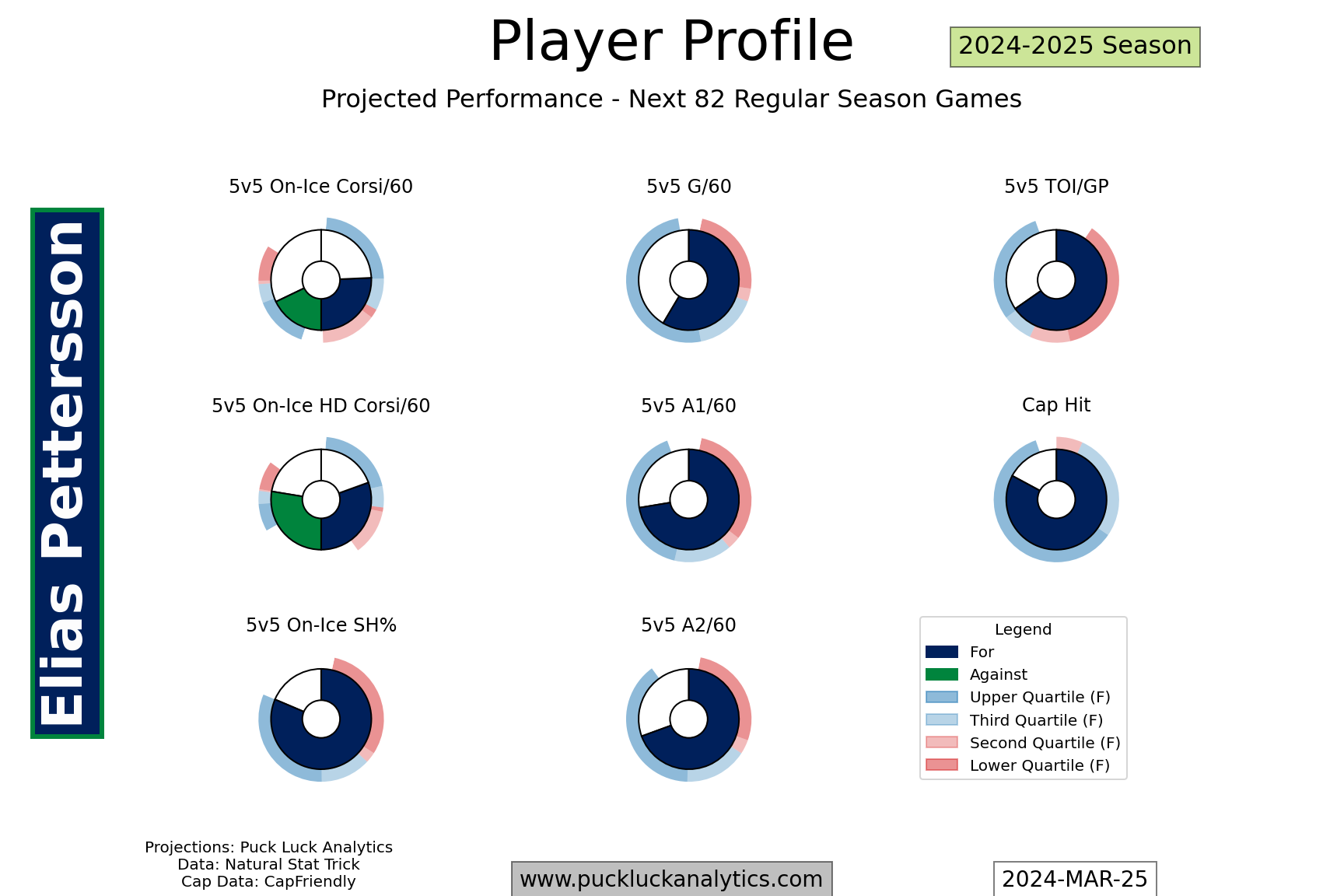
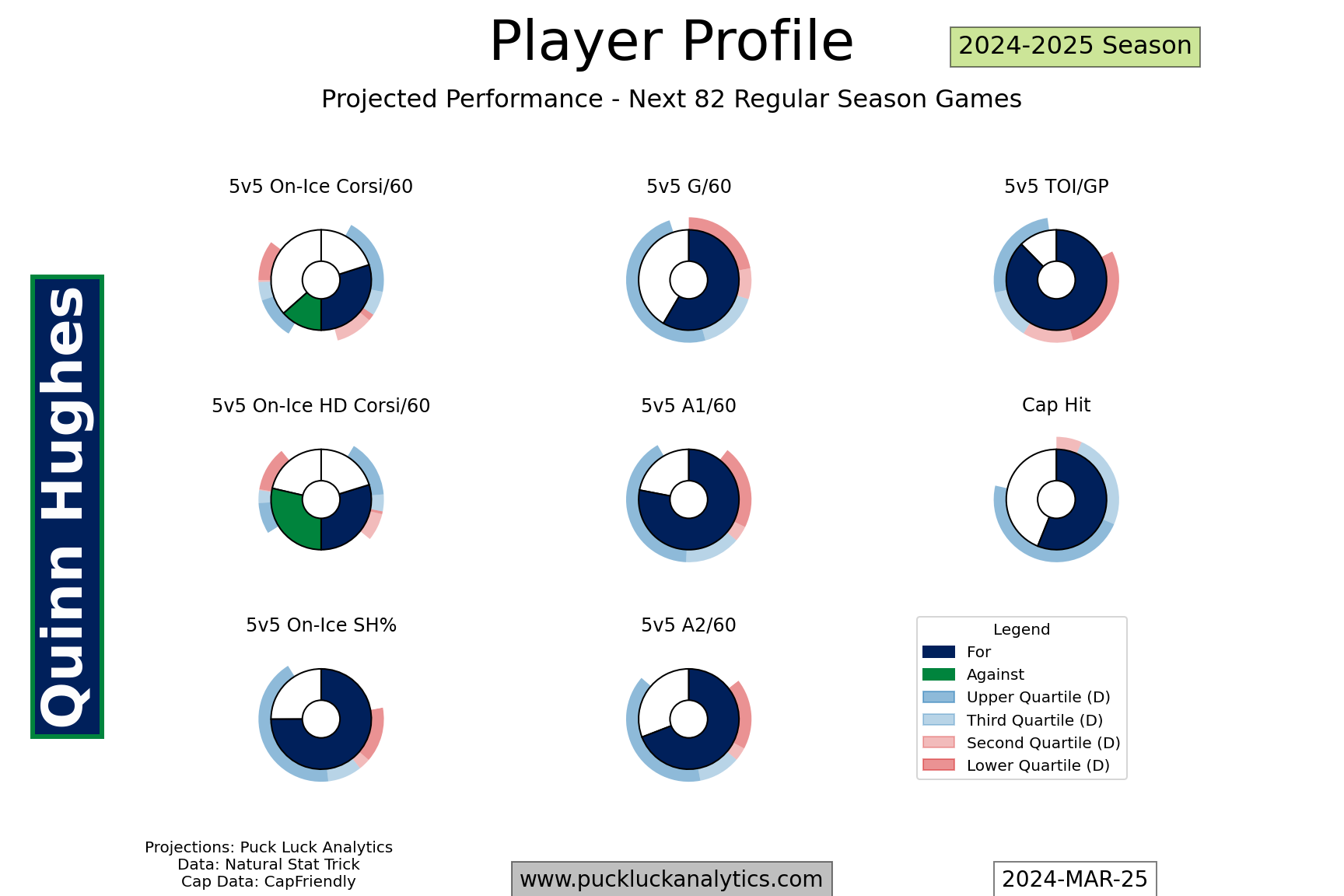
Even if the Canucks can add enough to the Pettersson/Hughes cohort to keep their competitive window open for a while, it’s not clear where the next cohort is. The age 20-23 group is headlined by Nils Hoglander. Hoglander has been very effective as a middle six forward this season, but the cohort doesn’t look near deep enough currently. Behind that is the 16-19 cohort that has Jonathan Lekkerimaki and a depleted draft pick pool. The Canucks need to decide which of these two groups they’ll build up significantly (and then get after it) to make their roster regenerative and avoid their competitive window closing after just a few seasons.
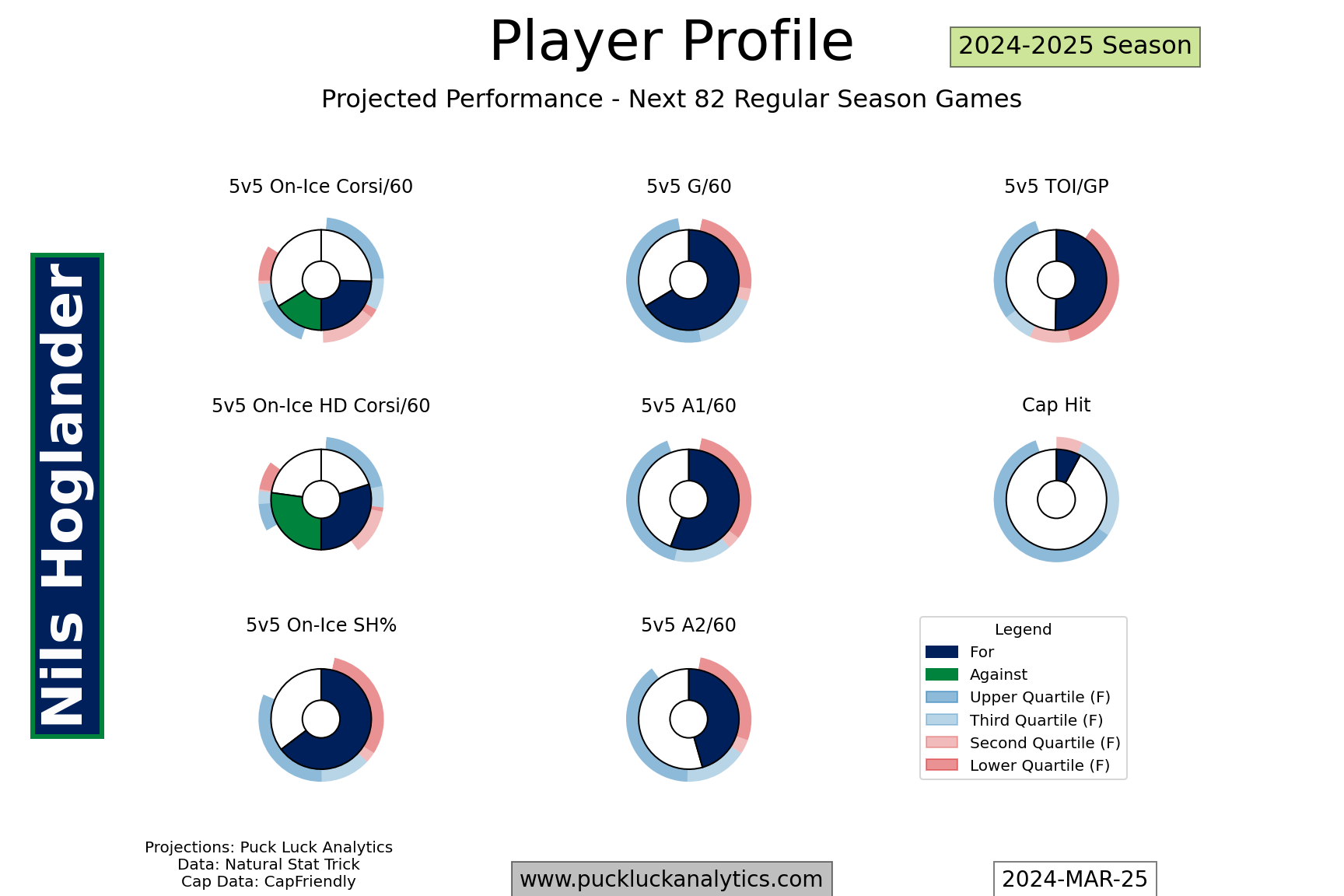
The Canucks competitive window appears to be open. Without a long term plan and active management, it may not be open for long.
